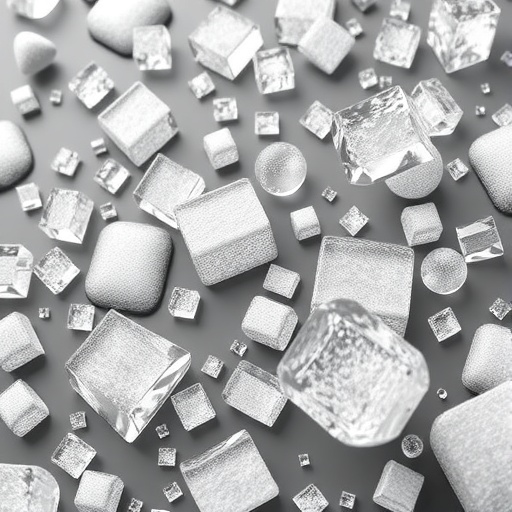LOS ANGELES (Feb. 21, 2017) – With a new $3 million grant from the National Institutes of Health, Cedars-Sinai Heart Institute investigators are moving closer to their goal of developing a biological pacemaker that can treat patients afflicted with slow heartbeats. The novel, minimally-invasive gene therapy turns patients' normal heart cells into pacemaker cells that regulate heart function – potentially replacing electronic pacemakers one day.
"Although implantable pacemakers have helped save millions of lives since they were invented in the 1960s, biological pacemakers could result in a healthier alternative," said Eugenio Cingolani, MD, the principal investigator in the project and the director of the Heart Institute's Cardiogenetics Program. "Devices can malfunction or become infected, while biological pacemakers avoid such complications."
Specialized pacemaker cells are found naturally in the heart. This tiny cluster of cells generates electrical activity that spreads throughout the heart in an orderly pattern to create rhythmic muscle contractions — heartbeats. But if pacemaker cells go awry, the heartbeats slow down, causing fainting or even sudden death. Patients with slow heartbeats who are healthy enough to undergo surgery often look to an electronic pacemaker as their only treatment option.
As a practicing cardiac electrophysiologist, Cingolani has first-hand experience with heart rhythm devices and their limitations. He and his team of investigators are working toward delivering a gene directly to a patient's heart during a minimally invasive catheter-based procedure. The gene would then convert normal heart cells into pacemaker cells that keep the heart beating steadily.
"In 2012, our team was the first to show that we can inject a single gene, called Tbx18, into a regular heart cell and turn that cell into a specialized pacemaker cell," said Eduardo Marbán, MD, PhD, co-principal investigator on the project and director of the Cedars-Sinai Heart Institute. "This new funding will help us complete long-term safety and efficacy data using clinical-grade gene delivery systems, hopefully leading to a clinical trial in which we can test the therapy in selected patients."
The 2012 discovery was published in the peer-reviewed journal Nature Biotechnology, and was followed by a study published in 2014 in Science Translational Medicine, which verified the 2012 study results.
The human heartbeat originates in the sinoatrial node (SAN) of the heart's right upper chamber, where pacemaker cells are clustered. Of the heart's 10 billion cells, fewer than 10,000 are pacemaker cells, often referred to as SAN cells. Once reprogrammed by the Tbx18 gene, the newly created pacemaker cells – "induced SAN cells" or iSAN cells – have all key features of native pacemakers and maintain their SAN-like characteristics even after the effects of the Tbx18 gene fade, the Heart Institute research showed.
According to Joshua Goldhaber, MD, director of Basic Research in the Heart Institute and the other co-principal investigator on the project, "We are achieving a form of biological alchemy: converting a small fraction of working muscle cells in the heart, which are plentiful, into rare pacemaker cells to sustain the heartbeat."
Previous efforts to generate new pacemaker cells resulted in heart muscle cells that could beat on their own. Still, the modified cells were closer to ordinary muscle cells than to pacemaker cells. Other approaches employed embryonic stem cells to derive pacemaker cells. But the risk of contaminating cancerous cells is a persistent hurdle to realizing a therapeutic potential with the embryonic stem cell-based approach. The Cedars-Sinai team was able to create pacemaker cells that closely resemble the native ones free from the risk of cancer.
If the upcoming safety studies are successful, Cingolani says the biological pacemaker could be tested in patients within the next five years.
###
The grant from the National Heart, Lung, and Blood Institute in the National Institutes of Health is R01HL135866.
About the Cedars-Sinai Heart Institute
The Cedars-Sinai Heart Institute is internationally recognized for outstanding heart care built on decades of innovation and leading edge research. From cardiac imaging and advanced diagnostics to surgical repair of complex heart problems to the training of the heart specialists of tomorrow and research that is deepening medical knowledge and practice, the Cedars-Sinai Heart Institute is known around the world for excellence and innovations.
Media Contact
Sally Stewart
[email protected]
310-248-6566
@cedarssinai
http://www.csmc.edu
############
Story Source: Materials provided by Scienmag




